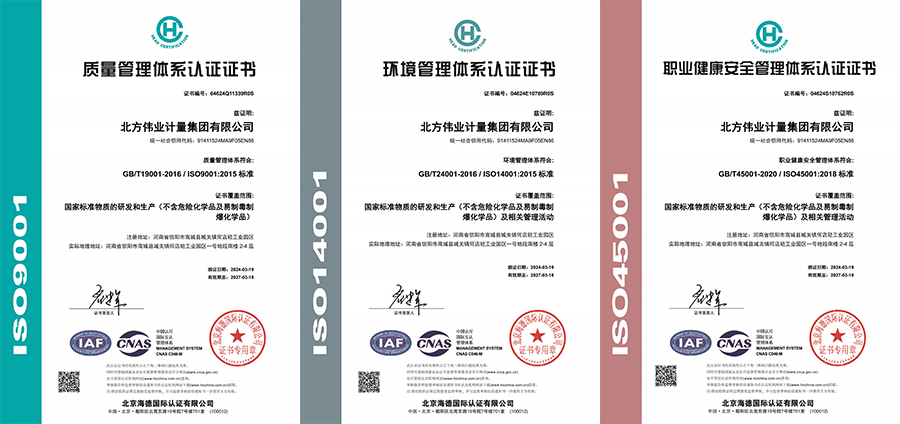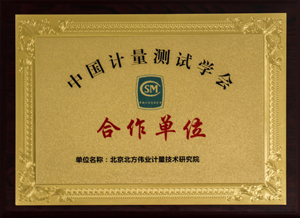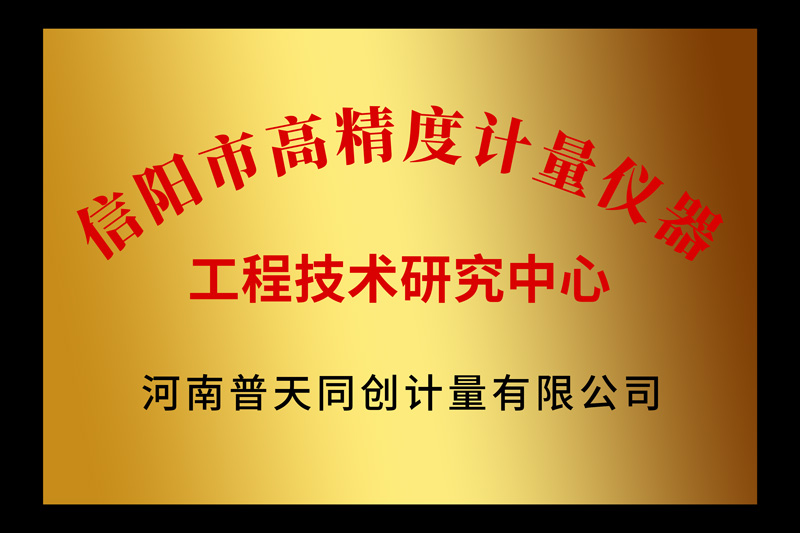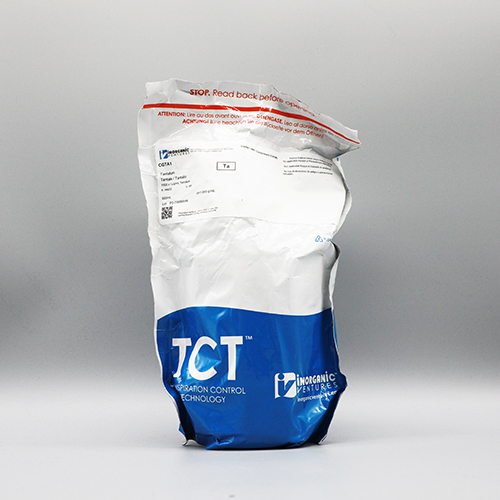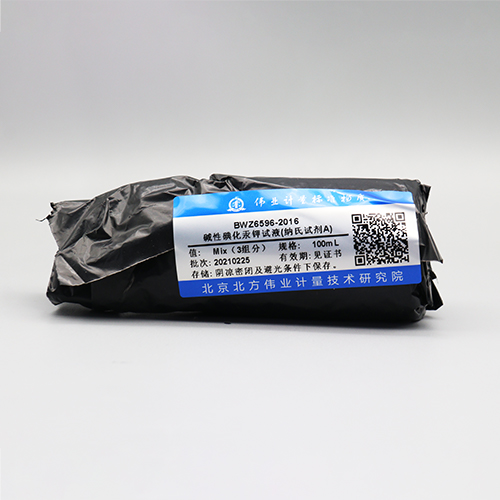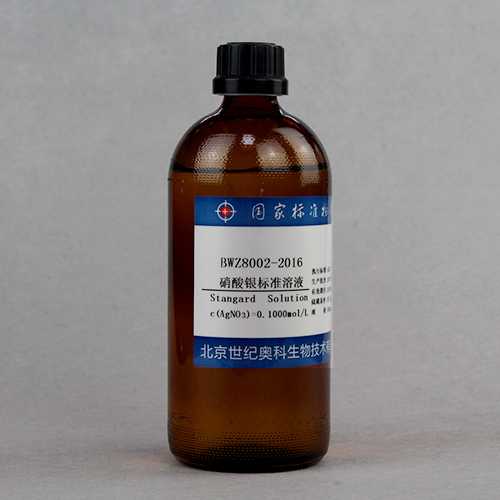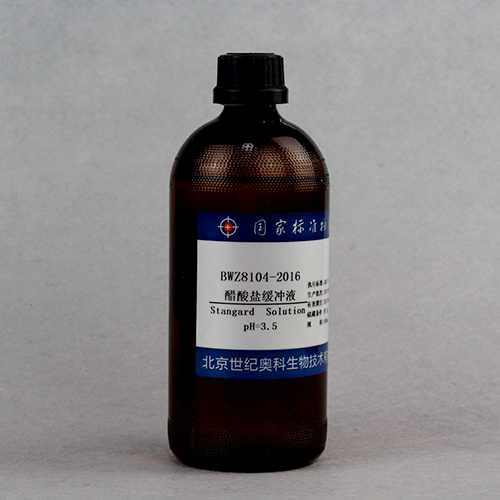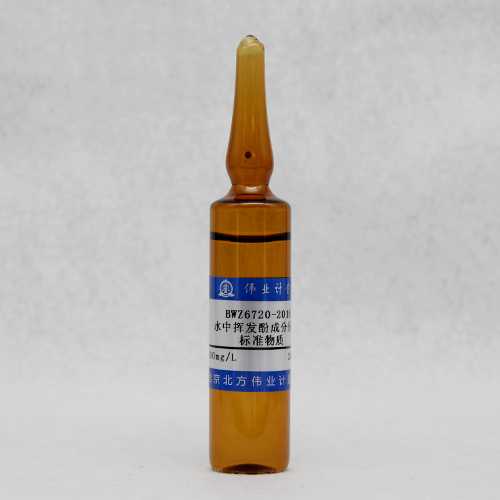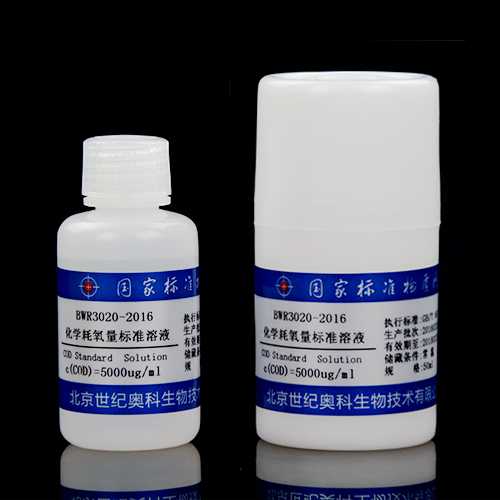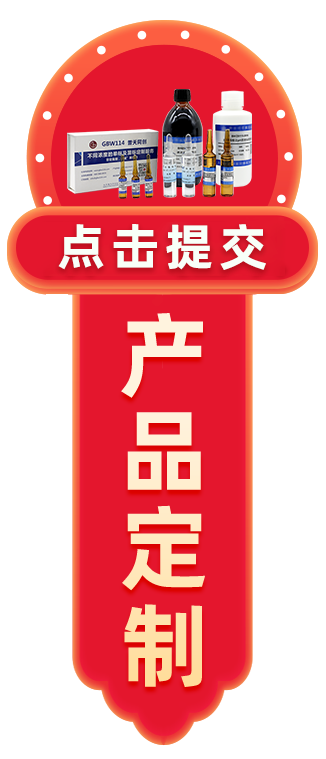河南普天同创计量有限公司
- 登录
-
微信公众号

- 网站地图

标准物质网
产品


- 产品
- 仪器
- 新闻
- 规程
- 帖子
- 课堂
金属混标查询
在线客服
基本信息
详细信息
相关产品
标准物质基本信息
| 基质 | 水 |
| 形态 | 液体 |
| 其他事项 | 99.9903% |
标准物质销售提示
| 关于产品 | 所有GBW、GSB开头的标准物质,均提供“国家标准物质证书”。因产品种类繁多,普天同创官网上架的只是部分产品,详情请咨询在线客服。 |
| 关于技术 | 普天同创官网客服工作日8:30--18:00在线,欢迎随时咨询标准物质价格、标准物质证书、标准物质检测检验等相关信息。 您还可以前往普天同创官网交流区、问答区进行沟通交流。 |
| 关于发票 | 普天同创官网可自助申请开具发票,订单金额累计满5000元以上可开具增值税专用发票。 |
| 关于发货 | 普天同创拥有成熟完善的标准物质供应链,当日发货率达80%以上。 |
| 关于验收 | 买方收到产品后请立即对标准物质数量、规格型号、包装等进行标准验收。若有问题请在收到货3天内联系客服,未提出任何异议,则视为收讫。 |
相关产品
-
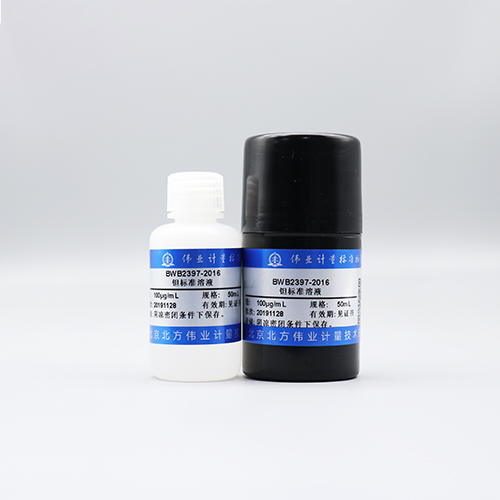 钽元素溶液标准物质
编号:BWB2397-2016 CAS号:7440-25-7 规格:50mL 浓度:100μg/mL
钽元素溶液标准物质
编号:BWB2397-2016 CAS号:7440-25-7 规格:50mL 浓度:100μg/mL
-
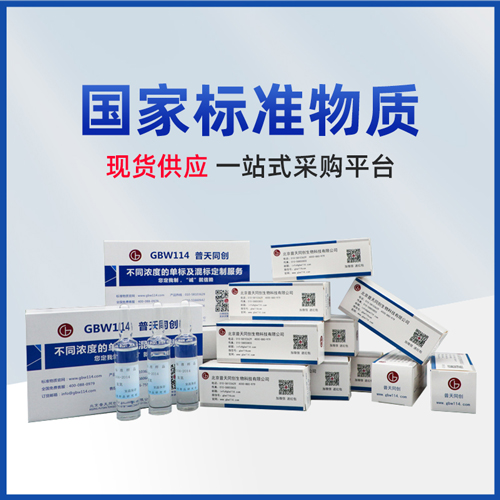 钽标准溶液
编号:GNM-STA-001-2013(50ml) CAS号:7440-25-7 规格:50mL 浓度:10000μg/ml
钽标准溶液
编号:GNM-STA-001-2013(50ml) CAS号:7440-25-7 规格:50mL 浓度:10000μg/ml
-
 钽标液
编号:GSBG62062-90 规格:10mL,20mL,50mL,100mL,200mL,500mL,1L 浓度:1000ug/ml
钽标液
编号:GSBG62062-90 规格:10mL,20mL,50mL,100mL,200mL,500mL,1L 浓度:1000ug/ml
-
 钽光谱分析溶液标准物质
编号:GBW(E)080356(30ml) CAS号:7440-25-7 规格:30mL 浓度:1000μg/mL
钽光谱分析溶液标准物质
编号:GBW(E)080356(30ml) CAS号:7440-25-7 规格:30mL 浓度:1000μg/mL
-
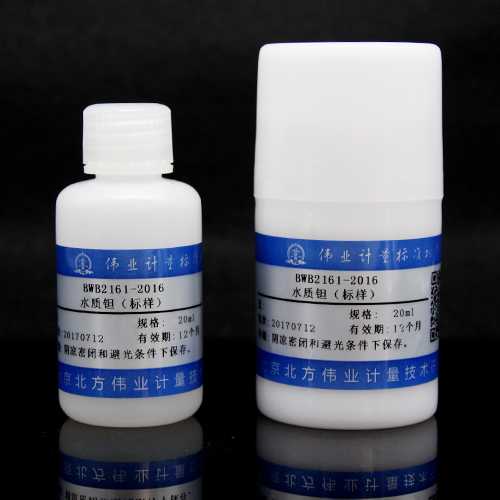 水质钽(标样)
编号:BWB2161-2016 CAS号:7440-25-7 规格:20mL 浓度:2.00mg/L
水质钽(标样)
编号:BWB2161-2016 CAS号:7440-25-7 规格:20mL 浓度:2.00mg/L
-
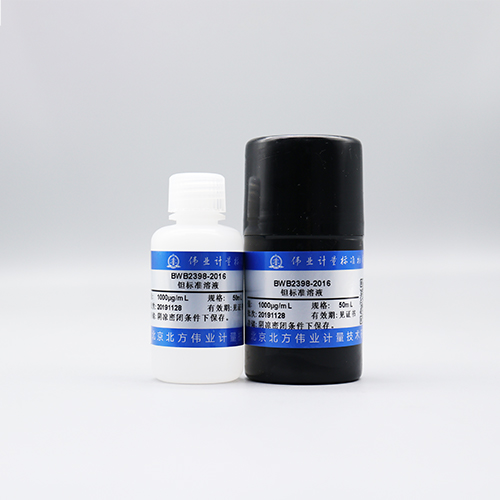 钽元素溶液标准物质
编号:BWB2398-2016 CAS号:7440-25-7 规格:50mL 浓度:1000μg/mL
钽元素溶液标准物质
编号:BWB2398-2016 CAS号:7440-25-7 规格:50mL 浓度:1000μg/mL
热门产品


